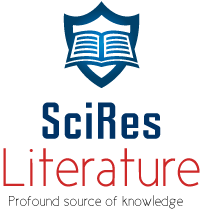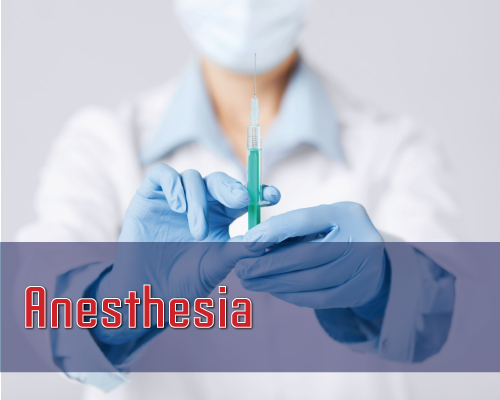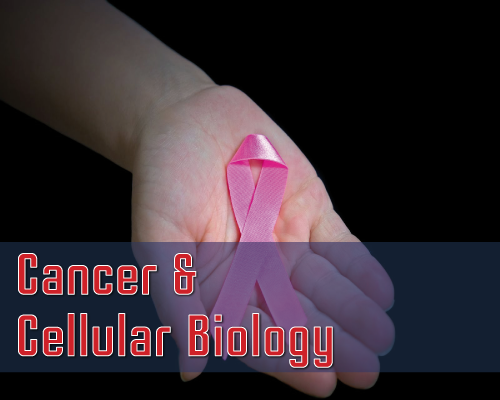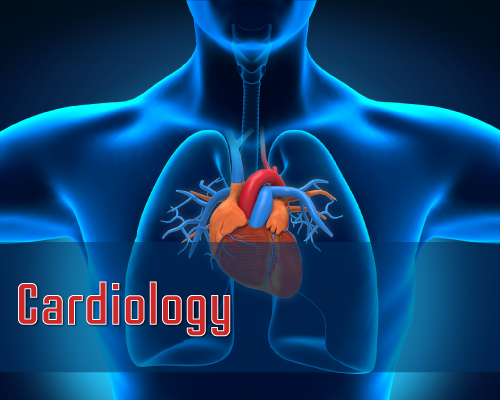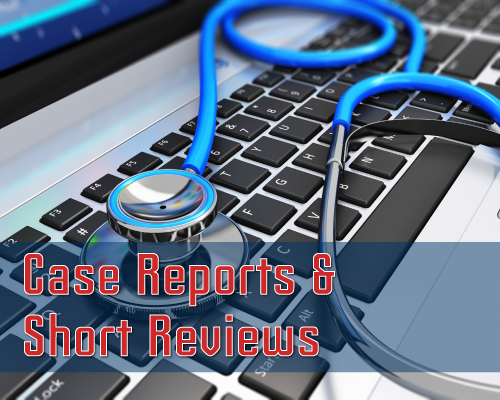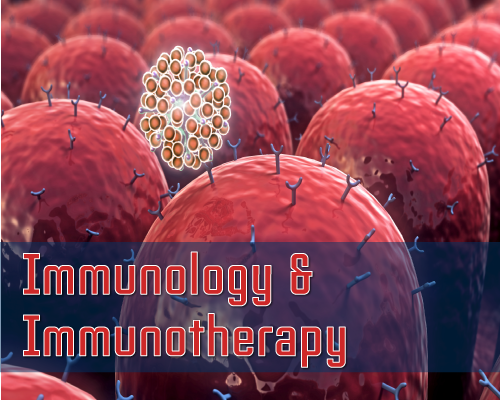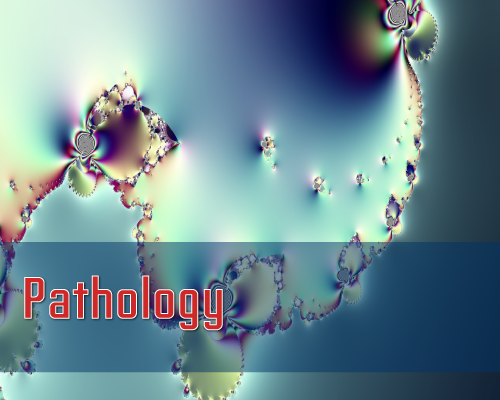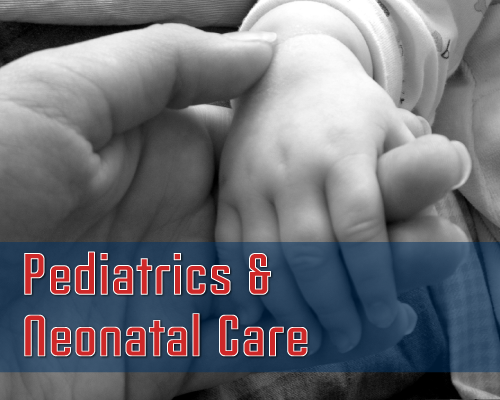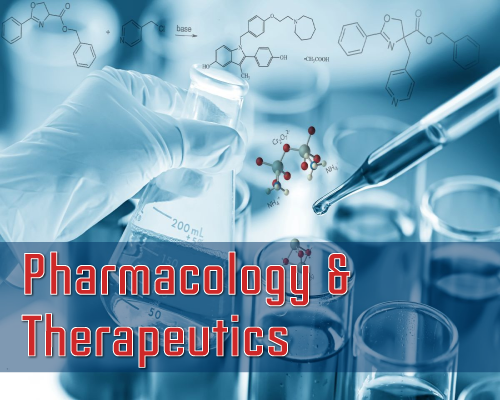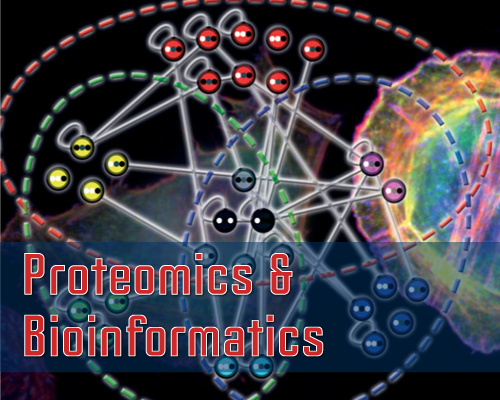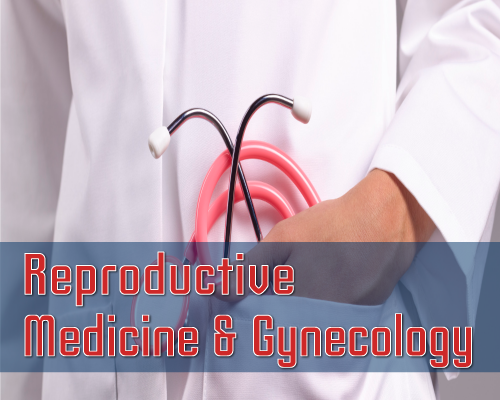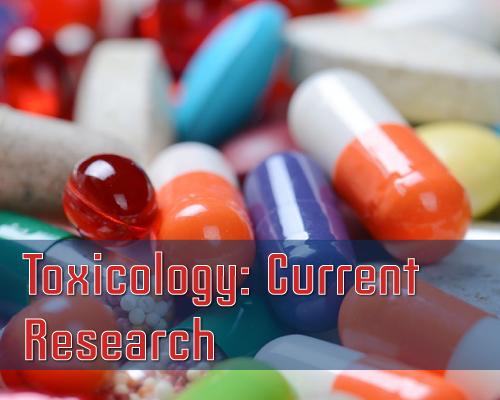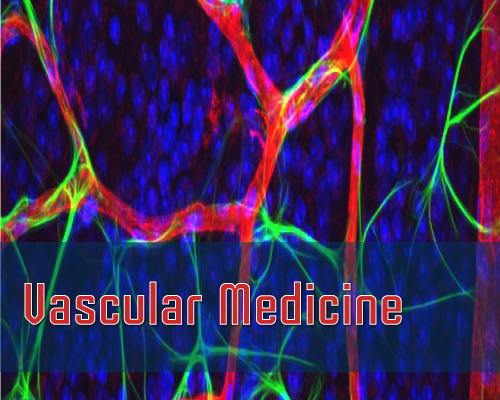Volume 3 Issue 1
Short Communication: Exfoliated Deciduous Tooth as the Source of Stem Cells: A Technique for Proliferation and Harvesting In vitro
Shouvik Mandal*, Bani Bandana Ganguly and Nitin N Kadam
Since a long time, the field of stem cell biology has undergone a remarkable transformation with constant research on it and its various applications predicated to be coming into use for long term clinical cell based therapies. The present report describes extraction of mesenchymal cells from deciduous tooth and its propagation in vitro with a view to producing cells at a larger scale keeping in vitro acquisition of chromosomal aberration in mind. Pulp was extirpated from freshly exfoliated deciduous tooth and cultured within 30 minutes for colonization and harvesting of the stem cells from dental pulp. The cells had exhibited active growth. Chromosome analysis was considered for karyotyping and screening of acquired aberrations following harvesting of cultures in confluent stage and conventional cytogenetic technique. There was no evidence of abnormality in karyotype or in vitro acquisition of aberrations. The study was important to establish non-invasive collection of stem cells from biological waste (deciduous tooth), which could be monitored for chromosomal status and considered for testing of drugs/chemicals on stem cells in vitro. However, the study shall be carried out on larger sample size following passage culture for production at larger scale, which could be considered for clinical application for self or for people in need.
Cite this Article: Mandal S, Ganguly BB, Kadam NN. Exfoliated Deciduous Tooth as the Source of Stem Cells: A Technique for Proliferation and Harvesting In vitro. Int J Stem Cell Res. 2017;3(1): 025-028.
Published: 26 October 2017
Research Article: Development, Characterization and Isolation of Small Hepatocyte-Like Cells from Primary Culture of Cirrhotic Liver of Biliary Atresia
Takayoshi Tokiwa*, Mariko Wakai, Taisuke Yamazaki and Shin Enosawa
Biliary atresia is a rare and serious liver disease in newborn infants and often leads to biliary cirrhosis. Small hepatocytes which show high growth potentials and express differentiated phenotypes may be ideal cells for in vivo therapies for biliary atresia. In this study, we sought to determine whether small hepatocyte-like cells can be isolated from non-parenchymal cell fractions of biliary atresia liver. When non-parenchymal cells were cultivated on collagen type I-coated or -uncoated dishes, clusters of small hepatocyte-like cells appeared in 1-2 weeks. Small hepatocyte-like cells were positive for the hepatic stem cell marker epithelial cell adhesion molecule in addition to the hepatocytic (albumin, CK18) and biliary (CK19) markers and exhibited the striking hepatocytic morphology. The clusters of small hepatocyte-like cells were surrounded by the fibroblast-like cells with a mesenchymal cell phenotype. We could successfully detach only the small hepatocyte-like cell clusters from the substrate using the proteolytic enzyme kit Liberase T-Flex. Small hepatocyte-like cells thus isolated grew in culture and expressed gene profiles similar to those previously reported for adult human small hepatocytes. Carbon tetrachloride-induced liver injury tended to be attenuated when small hepatocyte-like cells were transplanted into nude mice. This study may facilitate future autologous stem cell therapy to treat this obstinate disease.
Cite this Article: Tokiwa T, Wakai M, Yamazaki T, Enosawa S. Development, Characterization and Isolation of Small Hepatocyte-Like Cells from Primary Culture of Cirrhotic Liver of Biliary Atresia. Int J Stem Cell Res. 2017;3(1): 017-024.
Published: 03 July 2017
Research Article: Safety of Antria Cell Preparation Process to Enhance Facial Fat Grafting with Adipose Derived Stem Cells
Francis Johns, Shah Rahimian*, Leonard Maliver, David Bizousky, Shoja Rahimian, Timothy Johnson, Lee Quist, Rahul Gore and Dudley McNitt
The use of adipose tissue transfer in plastic and reconstructive surgery is not new and has been studied for more than a century but problems such as unpredictability in results and a low rate of graft survival due to partial necrosis were always among major concerns [1]. However, emerging information regarding the potential of adipose derived stem cells, new methods of cell extraction, graft preparation and injection techniques have increased the popularity of fat transfer and the efforts toward development of cell based therapies for various diseases from Adipose Derived Stem Cells (ADSC's) and Stromal Vascular Fraction (SVF) of the adipose tissue. Although the mechanism of action of those stem cells is not fully known, their paracrine activities and transformation to various cell types can be responsible for reported clinical outcomes [1,2]. Many clinicians and researchers report better outcomes in fat grafting upon addition of SVF cells [1,2]. This study aims to investigate the long-term (3 years) safety of Antria's cell preparation process utilizing a digestive enzyme in SVF assisted fat grafting. The outcomes of this study was utilized to conduct further safety and efficacy studies to obtain regulatory and marketing approval for a novel SVF extraction method in the US.
Cite this Article: Johns F, Rahimian S, Maliver L, Bizousky D, Rahimian S, et al. Safety of Antria Cell Preparation Process to Enhance Facial Fat Grafting with Adipose Derived Stem Cells. Int J Stem Cell Res. 2017;3(1): 012-016.
Published: 11 May 2017
Serakinci N* and Can Erzik
Stem cells have the ability to perpetuate themselves through self-renewal and generate mature cells of a particular tissue through differentiation. Mesenchymal Stem Cells (MSCs) play an important role in tissue homeostasis supporting tissue regeneration. MSCs are rare pluripotent cells supporting hematopoietic and mesenchymal cell lineages. MSCs have a great potential in cancer therapy, also the stem cell exosome and/or microvesicle-mediated tissue regeneration abilities may be used a potential to the therapeutic applications. In this review, use of hMSCs in stem cell-mediated cancer therapy is discussed.
Cite this Article: Serakinci N, Erzik C. Modelling Mesenchymal Stem Cells in Cancer Therapy. Int J Stem Cell Res. 2017;3(1): 007-011.
Published: 23 February 2017
Jian Zhu*
Plant stem cells are special cells that have division and differentiation capabilities and are the initiation cells of tissues, organs, and new plants. Stem cells are reserved at the root tip, stem, and lateral branch, and the growth, development, and reproduction of plants depend on stem cells. The activities of stem cells play an important role in plant life, and their remaining in vivo result in various growth patterns of different plants. The parenchyma cells of plants, a type of stem-like cells, have dedifferentiation capabilities when these cells or tissues are damaged or cultured in vitro. The location, number, state, hormone, and genetic background of stem cells are significant for plant development and reproduction. Their activities are regulated by the expression of several genes, including differentiation, dedifferentiation, and stress genes. This review summarizes the plant stem cell and its pluripotency, focusing on the activities of plant stem cell with hormone and regulatory genes.
Cite this Article: Zhu J. Plant Stem Cell and its Pluripotency. Int J Stem Cell Res. 2017;3(1): 001-006.
Published: 27 January 2017
Authors submit all Proposals and manuscripts via Electronic Form!
